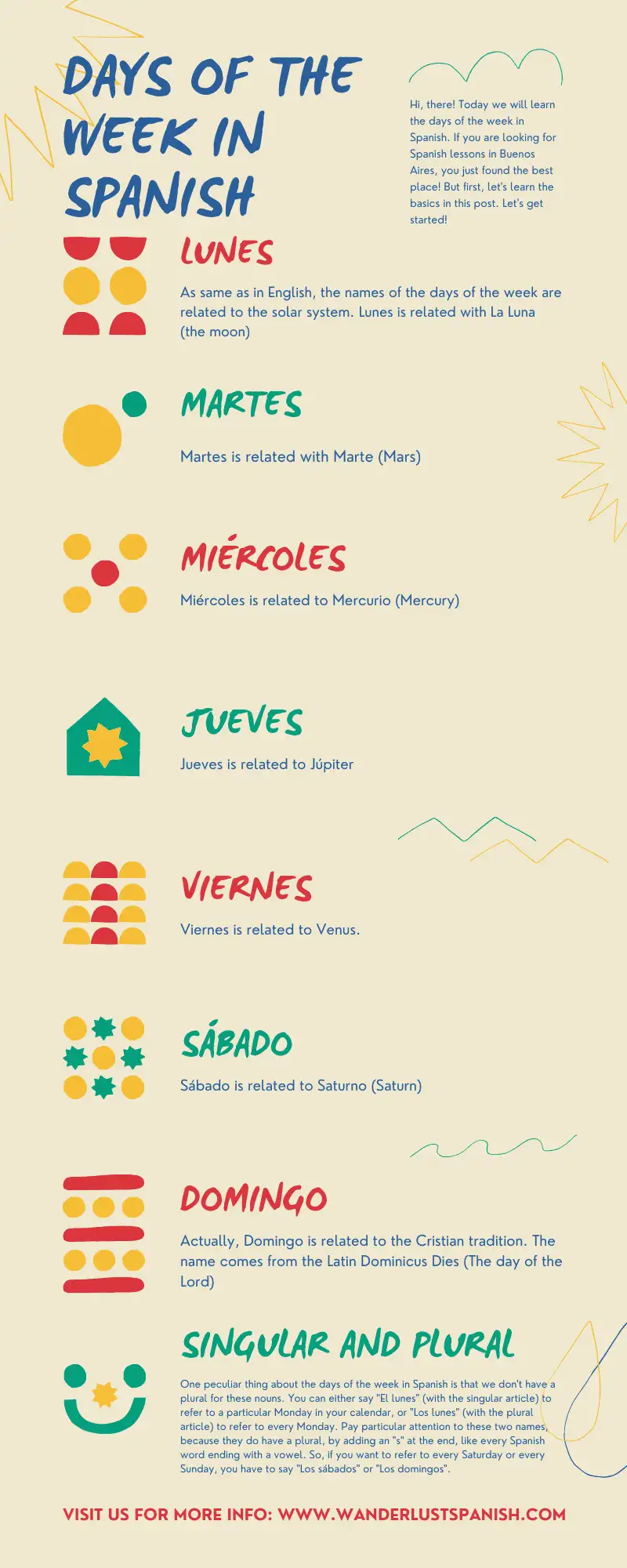Hello, there! How are you, lovers of this magnificent language? Today we want to talk about something very important: How to say a little bit in Spanish? You will need this sentence all the time, especially if only speak “a little bit” of Spanish. So, let’s see how to translate this sentence and also how to use it in different contexts. A little bit of this, a little bit of that, you know. Let’s get started!

How to say a little bit in Spanish: un poco? un poquito?
Contents
What’s the difference between “un poco” and “un poquito“. Well, “ito” is a suffix in Spanish that means “little”. So, “un poquito” actually means “a little bit”, while “un poco” means “a bit”, “a few”, or just “a little”. So, choosing between “un poco” and “un poquito” is not actually a big deal, let’s say that if you just know a few words, that qualify more as “un poquito” than as “un poco”, right?
Let’s see some examples to make it clear!
-Hola, Juan, ¿cómo estás?
-Hola, Paula. Hoy estoy un poco triste (a little sad) porque mi perro murió.
-No lo puedo creer. ¿Estaba enfermo?
-Sí, estaba un poco enfermo (a bit sick, a little sickly), últimamente comía muy poquito (very little) y casi no se movía.
-Lo siento mucho, Juan. Poco a poco (little by little) vas a superarlo, no te preocupes.
What’s the difference between “poco” y “pequeño”?
Well, that’s a good question, right? It is very common to hear the students mixing up these two words because both can be translated as “little”. But, let’s see what’s the difference between the two of them.
The word “pequeño” is an adjective. That’s why you can change the gender and the number (singular or plural) of this word. For example:
-Mi auto es pequeño
-Mis hijos son pequeños
-Mi casa es pequeña
-Mis hijas son pequeñas
We use “pequeño” to refer to the size of a person or an object, and also to refer to someone’s age.
So, in the first and the third example, we can translate “pequeño” and “pequeña” as small. When you’re talking about someone, like the second or the fourth example, you’re probably referring to the age of your children. But, you can also say things like:
“Mi abuela se volvió más pequeña con los años” (My grandmother got smaller over the years). So, here you’re not talking about age, but about the size of your cute little grandmother. Do you see?
On the other side, “poco” also works as an adjective when modifying nouns. For example:
Hay poca luz. No podemos tomar la foto. There’s low light. We can’t take the picture.
Look what happens if you add “un (poco) de” to a noun:
Tengo un poco de sueño
Tengo un poco de alegría
Sueño is masculine while alegría is feminine. Anyway, every time you use the construction “un poco de” it never changes the gender of the word “poco”.
You can also use “poco” to talk about amounts of actions, to measure action, for example:
Él es muy callado, habla muy poco. He’s very quiet. He doesn’t speak very much.
In this case, “poco” works as an adverb, so it can change gender or number, it’s always masculine and singular.
To sum up
So, remember this: poco = amount / pequeño = size/age. Pequeño= pay attention to gender and number. Poco= look what the word is modifying to see if you need to change the word.
Would you like to know a little more Spanish? Contact us and schedule a trial lesson, online or in-person in Buenos Aires!








